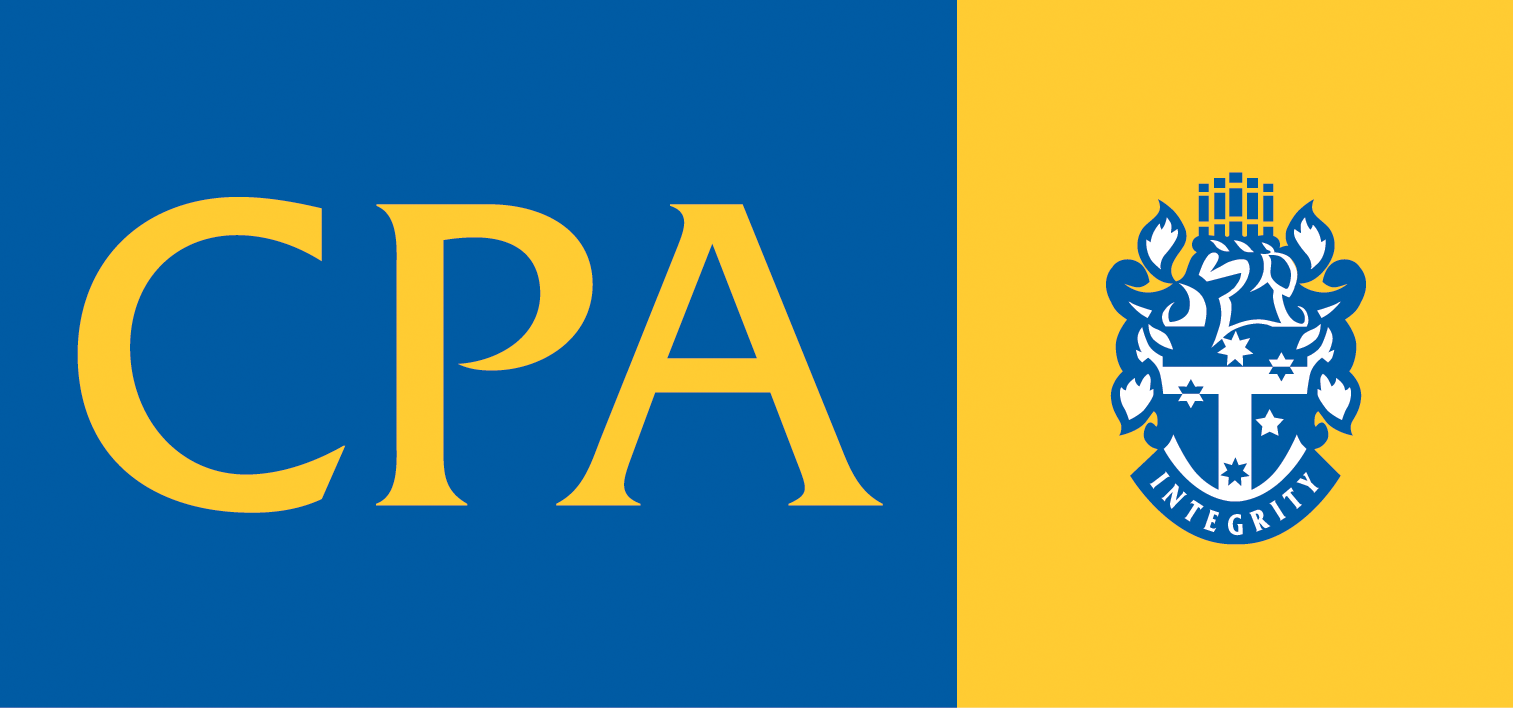Can my SMSF invest in property development?
Australians love property and the lure of a 15% preferential tax rate on income during the accumulation phase, and potentially no tax during retirement, is a strong incentive for many SMSF trustees to dream of large returns from property development. We look at the pros, cons, and problems that often occur.
An SMSF can invest in property development if trustees ensure the investment complies with the rules. And, there are a lot of rules. A key is the sole purpose test. Trustees need to ensure the fund is maintained to provide benefits for retirement, ill health or death. Breaches of this fundamental tenet are serious and include the loss of the fund’s concessional tax treatment and civil and criminal penalties.
By its nature property development is high risk and fund trustees need to ensure that the SMSF is not simply a handy cash-cow for a pipe dream, particularly when the developers are related parties.
There are multiple ways an SMSF can invest in property development if the investment strategy of the fund allows:
- Directly developing property
- An ungeared unit trust or company (the parties can be related)
- Investment in an unrelated entity
- A joint venture
Directly developing property from fund assets
An SMSF can purchase land from an unrelated party and develop the property in its own right. Common issues that often arise include:
- Acquiring the land from a related party - An SMSF cannot purchase land from a related party (unless it is business real property used wholly and exclusively in a business). This means that the lovely block of land inherited by one of the members, or owned by a family trust, that is perfect for development cannot be purchased by the SMSF.
- An SMSF cannot borrow to develop property – An SMSF can borrow money to purchase land using a limited recourse borrowing arrangement but it cannot use a loan to improve the asset. That is, borrowings cannot be used to develop the land. And, where the SMSF has borrowed to purchase land, it cannot change the nature of that asset until the loan has been repaid. That is, no development.
- Who will develop the property? - Problems often occur when the property developers are related to the fund members. Whilst it is possible to engage a related party builder to undertake the work, there are strict rules that mean that the work and materials must be acquired at market value. That is, there is no advantage from “mates rates”. If you are using a related party builder, ensure that the paperwork is pristine, any transactions are at market value, and all interactions are documented.
- GST might apply - Goods and services tax might apply to the development and the sale of any developed property. If the ATO considers that an SMSF is in the business of developing property or is undertaking a one-off development in a commercial manner then GST could potentially apply.
If your SMSF is not undertaking a property development project in its own right, there are a few ways for an SMSF to invest in property development projects:
Related ungeared trust or company
An ungeared company or trust is often used (under SIS Regulation, section 13.22C) when related parties want to invest in a property development together. The SMSF can invest in a company or trust that is undertaking a property development as long as the company or trust:
- Does not lease to a related party (unless business real property)
- Does not borrow money or have borrowings (must be ungeared)
- Does not conduct a business
- Conducts any dealings at arm’s length
- And, the assets of the unit trust or company:
o Do not include an interest in another entity (i.e., cannot have shares in a company)
o Do not have a charge over them (i.e., mortgage over any asset)
o Are not purchased from a related party (or was ever an asset of a related party) unless the asset is business real property acquired at market rates.
See section 13.22C for full details.
Profits from the company or trust are then distributed to the SMSF according to its share.
Using the provisions of 13.22C means that the SMSF can invest in property development with a related party without the development being considered an in-house asset. However, if the criteria are not met (at any point), the in-house asset rules apply, and the SMSF might have to sell the units in the trust or shares in the company to return to the maximum 5% in-house asset limit. Generally, this means the sale of the underlying property or a significant restructure.
Problems arise with 13.22C arrangements where the trust or company:
- Needs more money to complete the development and borrows money, or issues more units and sells them (is in business)
- Accepts a loan from a member of the SMSF
- Overdrafts (may be considered loans and breach 13.22C)
- Uses a related party builder who either under charges for the work completed or overcharges and strips the profits that should have been returned to the SMSF.
Warning on conducting a business
One of the criteria for the exemption in 13.22C to apply is that the trust or company cannot be conducting a business. This requirement may prevent short-term property developments that are built and sold for profit.
Typically, 13.22C arrangements are used for long term investments where the development enables the creation of an asset that is then leased by the trust or company. This could be commercial premises leased to a related or unrelated party (e.g., premises for a child care centre or manufacturing), or residential premises leased to unrelated parties (e.g., townhouses or small developments).
Unrelated property developments
Investing in unrelated entities for a property development is attractive as there is no limit to how much of the fund’s assets can be invested (subject to the investment strategy and trust deed allowing the investment), and unlike ungeared entities, the entity is able to borrow money/place charge over the assets.
Where related parties are investing in the same entity, there are rules governing the percentage of ownership the SMSF and their related parties can hold. To meet the definition of unrelated entity for in-house asset purposes, the SMSF and their related parties must not own more than 50% of the units available. This is because the SMSF cannot control or hold sufficient influence over the entity and remain an unrelated entity. If the ATO considers the entity is related to the SMSF, then it would become a related party and the investment an in-house asset.
Joint venture arrangements
An SMSF can potentially invest in a joint venture (JV) property development, but the criteria are necessarily strict and there are a range of issues that need to be considered carefully. One of the issues that needs to be considered up-front is determining the substance of the arrangement between the parties, because the term JV can be used to describe a variety of arrangements. The ATO confirms that care must be taken to ensure that arrangements with related parties are true JVs.
Under a JV, the SMSF invests in and has a share of the property being developed (not the entity undertaking the development). Each party bears the costs (time and/or money) of the JV and receives this same proportionate contribution from the returns. If the arrangement is not structured properly then the SMSF’s stake in the JV could be treated as an investment in or loan to a related party and be treated as an in-house asset. For example, this could be the case if the SMSF only provides a capital outlay for the arrangement and has no rights other than a contractual right to a return on the final investment.
It is also necessary to consider whether the arrangement between the parties could be treated as a partnership for tax, GST and legal purposes. For example, this could be the case if the arrangement involves the sharing of income, sale proceeds or profits, rather than sharing the output from the project.
It's essential to get advice well in advance - tax, legal and financial - before pursuing a JV.
Is your SMSF the best vehicle for property development?
Trustees need to carefully consider any investment decisions and have a sound rationale for the investment.
Any advice on a property development needs to be from a licenced financial adviser. A lawyer should be used for any contracts or agreements between parties. And, compliance assistance from a qualified accountant.








